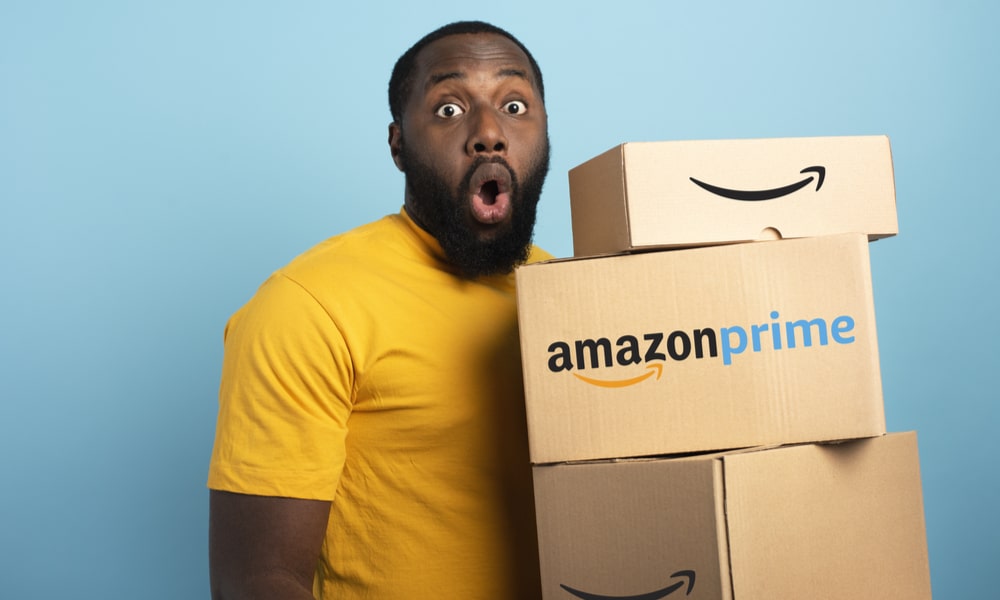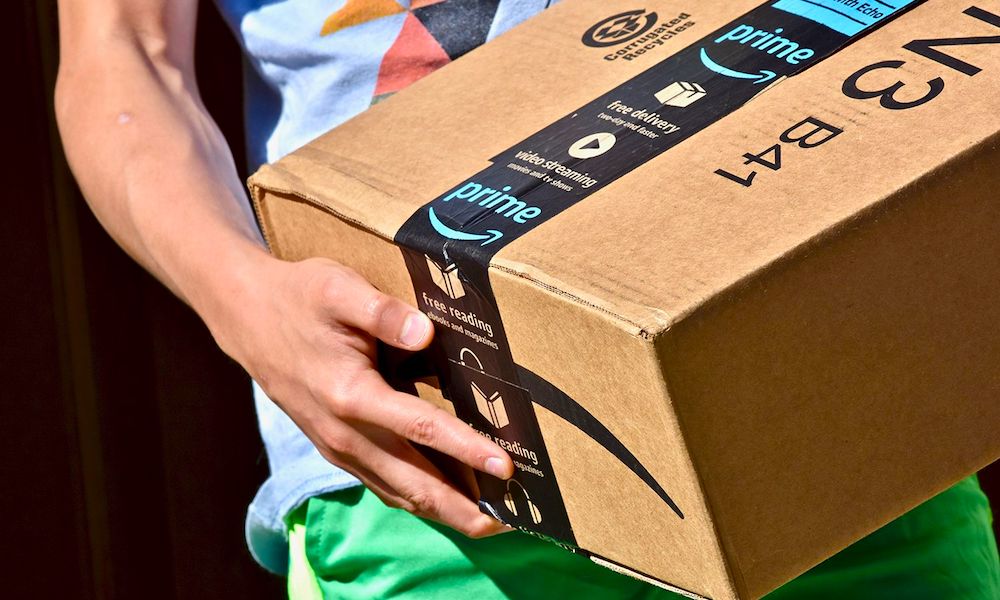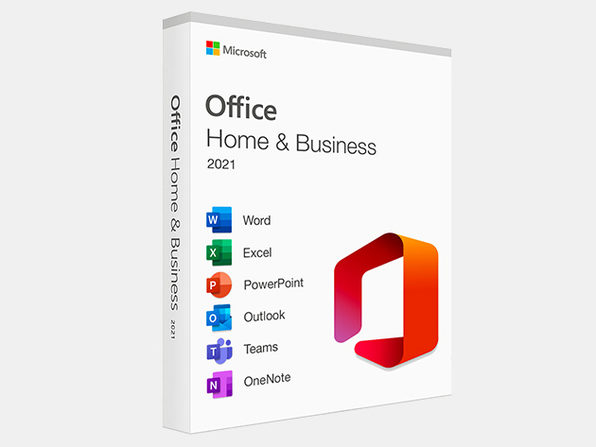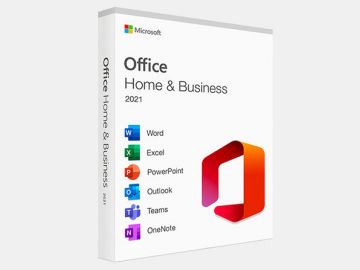Sharing Your Amazon Prime Perks? A Big Change Is on the Way
 alphaspirit.it / Shutterstock
alphaspirit.it / Shutterstock
Toggle Dark Mode
It appears that Amazon is joining in on a trend established by Netflix, Disney+, and HBO Max, cracking down on the use of an Amazon Prime subscription beyond the confines of a single household.
Unlike the big streaming services, which have been cracking down on “password sharing” — people letting friends and extended family members use the same account — Amazon once had an official program that allowed you to invite friends to share some of your Prime perks. Sadly, that’s about to go away entirely.
Once upon a time, the e-tailer ran an “Amazon Invite” program that allowed Amazon Prime members to extend their shipping perks to a wide circle of friends and family. We don’t blame you if you’ve never heard of it, as it was shut down in the summer of 2015 when Amazon replaced it with “Amazon Household.”
Under the original program, an Amazon Prime member could invite up to four other Amazon users to share their Prime shipping benefits. However, Amazon placed no restrictions on who these individuals could be. They were allowed to use their own payment methods, and there was no requirement that they live at the same address. Essentially, they maintained their own distinct Amazon accounts that could take advantage of their benefactor’s Prime two-day shipping.
It’s probably not too surprising that Amazon nixed that program at the same time that it rolled out Amazon Household. That program was considerably more restrictive, requiring users to have the same residential address and share a common payment method.
Despite this change, however, Amazon didn’t pull the plug on those who had joined the Amazon Invites program. This became known as the “Prime Invitee Program,” and as long as you didn’t cancel it, you were allowed to keep sharing your benefits.

Unfortunately, that more generous sharing era is now coming to an end.
Today, Amazon posted an update to their sharing support page to let customers know that they’ll no longer be able to share their free shipping perks with people outside of their household:
Prime benefit sharing through the Prime Invitee program will end on 1 October 2025. Prime invitees will lose access to the shared Prime delivery benefit, but can use Amazon Family instead.
At the same time, Amazon is also rebranding “Amazon Household” to “Amazon Family,” effectively merging it with its longstanding program, once known as “Amazon Mom,” which provides discounts on items such as diapers, baby food, and related supplies.
Amazon Family (aka Amazon Household) allows two adults who live at the same address and share the same payment method access to a full range of Amazon Prime benefits. This includes not just the free faster shipping of the Prime Invitee Program, but also Prime Video, Prime Reading, Amazon Music Prime, and other digital content and third-party benefits like Grubhub.
Amazon Family groups can also include up to four teens, but only if those accounts were added before April 7, 2025. Like the Prime Invitee Program, it seems that Amazon is cutting off access for teens, but grandfathering existing ones in. While this could change, considering how long the Invitee program lasted, it’s more likely the company will be content to wait for the teens to organically leave the Amazon Family group when they become adults and move out.
To be clear, this does not affect the ability of an Amazon Prime member to have packages shipped to any address that Amazon can deliver to.
This change is simply removing the ability to share Prime shipping benefits with an entirely separate account that isn’t part of your household or family. Any Prime member can still set up multiple delivery addresses, all of which will qualify for the same Prime shipping benefits, although these may vary depending on your location. Don’t expect same-day shipping outside of major metropolitan areas, for example.
There’s also no indication that Amazon is cracking down on actual password sharing. This is undoubtedly against Amazon’s terms of service, but there don’t appear to be any technical restrictions to it. This means you can let your parents or college-aged kids use your Amazon account to order stuff for themselves, as long as you’re willing to risk being the one paying for them. You can add additional payment methods, but if everyone is sharing the same account, they’re also able to choose any of the available methods, so this only works among people who implicitly trust each other.







